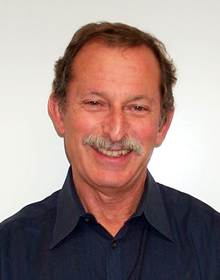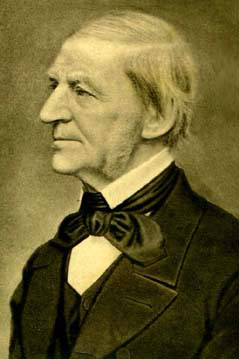The following article with the title above is from The American Scholar, Volume 79, No. 3, Summer 2010. Copyright c 2010 by Bret Wallach. The observations were made 4 years ago and still resonate today:
- We still argue over how to explain the great events of the post-Pleistocene. There’s the Neolithic Revolution for starters. Then the appearance of complex societies, as foolish a phrase as any, but the concise term civilization has become an academic mortar magnet.
- There’s the puzzle of the subsequent rise of our own fractured but mostly and uniquely secular society. Do we look for cultural or economic drivers? (Sorry, the meteorologists have got their hooks in me, including their jargon.)
- Are we now irretrievably committed to a path of cultural homogenization? Some people think not, but their evidence— sushi in Sacramento and falafel in Philadelphia—is unpersuasive to me. On the other side of the debate . . . well, the list is huge. As a professor of Irish Studies says, “It has been a misfortune of Ireland to come up against the most powerful language the world has ever seen.”
- In any case, nobody will speak against the principle of universal prosperity. As a Dhaka resident once told a visiting reporter: “The whole world is modernizing. Why shouldn’t we?” Deng Xiaoping couldn’t have said it better. Still, we’re not sure how to get there. Thirty years ago, academic experts commonly thought that the answer involved state ownership. No longer. Now the mantra is private enterprise, although visitors to Singapore may be inclined to put good governance high on the list.
- However we get there, many and perhaps most of us will live in big cities. Geographers have been interested in these places for a very long time. Sometimes their interest has been historical. Sometimes it verges on planning. What shape will cities take? Should they be primarily vertical? Should neighborhoods be single- or mixed-use? Should governments plan these places or should we assume they will grow with the haste of Istanbul’s gecekondular?
- What shall we keep of the past? Our fondness for chimneys and lawns suggests that, headlong as we may be in our devotion to progress, we’re not ready to live without reminders of where we came from. UNESCO is busy preserving “cultural patrimony”; so are some private developers. It’s not clear how much we’re willing to spend in this department, nor what we really want. The last half century suggests that as time goes by we grow hungrier for heritage.
- Will the house come down around our ears? If you believe in precedent, you’ll be skeptical about prophets of doom. Still they thrive, Jeremiahs of climate change, biodiversity, pollution, or too many (or too few) people. The inadequacy of resources is a variant on the theme, in which case water is the prophet’s choice. The more interesting question, perhaps, is why people are so often so willing, almost eager, to accept scenarios of doom as a sure thing.
- Geographers are likely to put all these phenomena under the rubric of Global Change. These are dynamic, or four-dimensional, versions of geography. Too often, however, practitioners run out of steam before they reach the world as it is today, which as geographers they’re nominally describing. Meanwhile, there’s a growing danger from environmental historians, lately proliferating like Asian carp in the Mississippi and likely to crowd geographers aside if they don’t eat us for lunch.
- The Parnassus of geography remains spatial variation, or, in its more subjective phase, regional character. This, too, is treacherous terrain, however, because for well over a century it has lured geographers into writing compilations, reference works in the tradition of imperial gazetteers. I admire the iron pants of Élisée Reclus, who single-handedly filled a bookshelf with his universal geography, and I drool over the geographical handbooks produced once upon a time by the British Admiralty’s Naval Intelligence Division. But who can read them? The challenge is to find a thread or structure that drives or supports the broader picture. If not time, what? The best solution is probably a theme of some sort, but many of the books that have done this best have been written not by geographers but by professional journalists, which reminds me of a professor who once called geography “slow journalism.” It wasn’t a putdown in either direction.
- On the practical side, geographers like to think of themselves as systems integrators. (Well, not exactly; I just wanted to sound impressive.) But what dean does not sing the praise of interdisciplinarity, and what discipline is more interdisciplinary than geography? None, I submit, which is why geographers from time to time pop up in jobs requiring wide-angle vision. Some work in Washington, some with indigenous groups. More might do both, if our college courses and curricula were stronger. They tend to be a discouraging mix of pablum and critical theory.
- Meanwhile, there’s the cartographic frontier. Geographic information systems have brought many of geography’s wayward children back home, at least for a visit. They’re looking for new ways to visualize spatial information. Like everyone else, they’ve seen the power of computer mapping, and some of them have heard about the ongoing efforts to incorporate the fourth dimension in this technology. There’s more on the horizon than animation, but it has not yet taken shape. In the meantime, I wish Google Maps and Google Earth employed a few people who actually knew some geography. Every night I pray that when I wake I can search for Nile and get something better than a choice of restaurants.
Editor’s note: Many thanks to Brett Wallach and to The American Scholar for permission to reprint this article.




